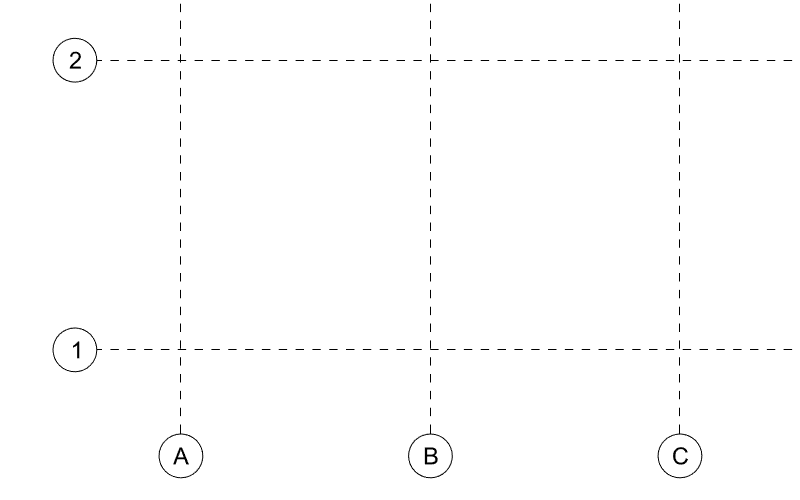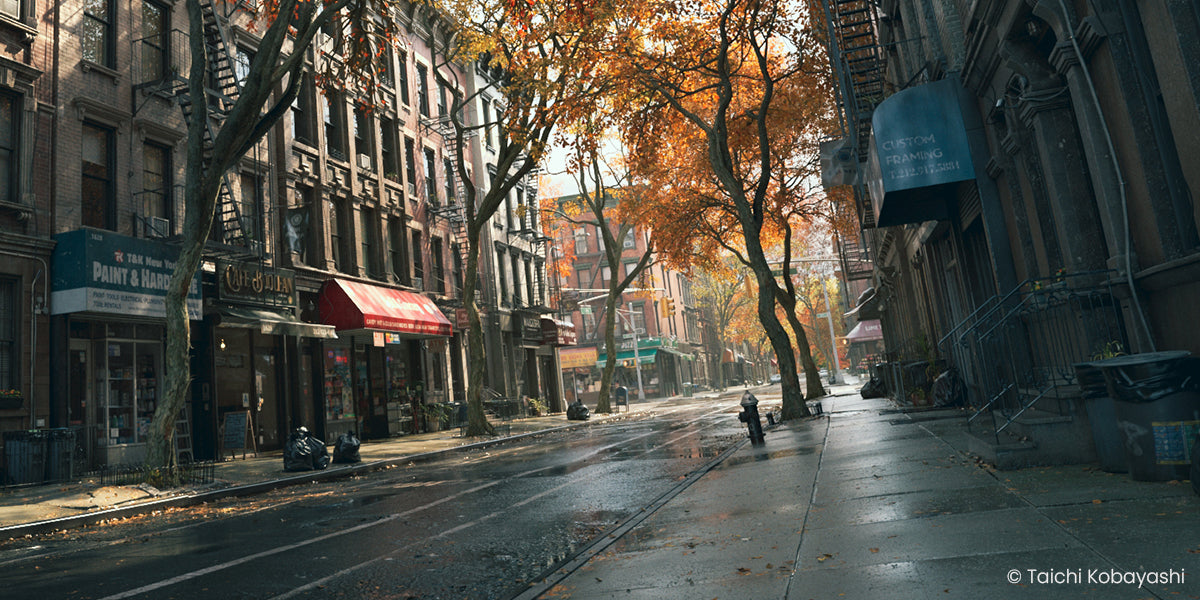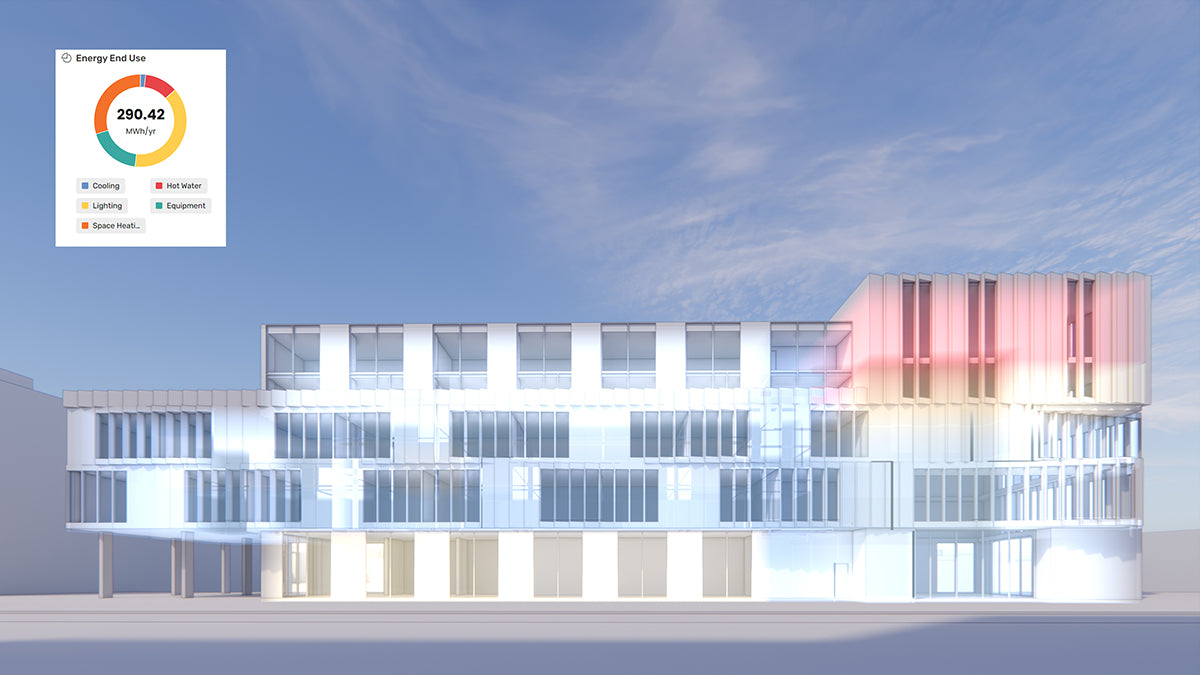Your Cart is Empty
Customer Testimonials
-
"Great customer service. The folks at Novedge were super helpful in navigating a somewhat complicated order including software upgrades and serial numbers in various stages of inactivity. They were friendly and helpful throughout the process.."
Ruben Ruckmark
"Quick & very helpful. We have been using Novedge for years and are very happy with their quick service when we need to make a purchase and excellent support resolving any issues."
Will Woodson
"Scott is the best. He reminds me about subscriptions dates, guides me in the correct direction for updates. He always responds promptly to me. He is literally the reason I continue to work with Novedge and will do so in the future."
Edward Mchugh
"Calvin Lok is “the man”. After my purchase of Sketchup 2021, he called me and provided step-by-step instructions to ease me through difficulties I was having with the setup of my new software."
Mike Borzage
An Interview with Howie Markson, Sr. Director of Marketing of SpaceClaim
June 07, 2007 8 min read

Howie Markson is Senior Director of Marketing of SpaceClaim, a new CAD company. SpaceClaim is bringing to the CAD market a new fresh approach that claims to perform similarly to the parametric-feature-based systems, but without the hassles typical of those systems. It’s not every day that you see a new company with original ideas trying to shake the CAD world. Despite being a start-up, SpaceClaim enjoys a very important pedigree: among the SpaceClaim founders is Mike Payne, co-founder of PTC and SolidWorks, two of the most innovative companies in the last 20 years. It’s time to delve behind the marketing statements and try to understand what is really new in this product and how it could change the way we use CAD systems. Howie has been kind enough to give each of my many questions thoughtful attention. Here is the interview.
Howie, can you tell us a bit about yourself and your company?
the company is led by a group of industry veterans including Mike
Payne and Danny Dean
SpaceClaim was founded with the vision that the full benefits of working in 3D should be available to everyone involved in product development. The company is led by a group of industry veterans including Mike Payne (CEO), who co-founded both PTC and SolidWorks and Danny Dean (VP of Research and Development), who also co-founded PTC and pioneered parametric, feature-based solid modeling. SpaceClaim has about 40 employees, and presence in all of the major markets around the world.
When I heard about Mike and Danny building a new company I knew I wanted to be involved! I am responsible for marketing at SpaceClaim. I have a technical background that includes a mechanical engineering degree and many years as a design engineer at a large defense manufacturer. I also spent 6 years at PTC as an application engineer and product line manager until the mid-90s. At that point I left to lead product marketing at several technology companies.
The recent history of CAD has been characterized by 2 major innovations. The oldest was brought to us by PTC in the ’80s with a full 3D parametric feature-based system. The second one was introduced by SolidWorks in the ‘90s, again with a 3D parametric feature-based system, this time on the Windows platform and with a midrange price. SpaceClaim was founded by people responsible for both technological waves. Does this mean that we should prepare for a new wave of change?
advances can be revolutionary, such as PTC, or it can be evolutionary, such as SolidWorks
As in every industry, change is inevitable. Sometimes it is driven by technology advances. In the CAD industry, faster hardware performance and software development advances make it possible to improve on previous generations. Advances can be revolutionary, such as PTC introducing features and parameters to the market, or it can be evolutionary, such as SolidWorks offering those capabilities on a Windows platform.
But change is also driven by other factors. While the need for higher product quality, lower costs and faster time to market always exists– there are additional drivers today. The growing reliance on off-shore manufacturing, global supply chains, more complex products that require tighter collaboration, tighter regulation, and increased product liability concerns mean more people across more organizations and locations contribute to developing a product than ever before. These factors increase the need to extend the benefits of working in 3D to more people.
SpaceClaim provides the next generation of design technology to address the needs of the changing manufacturing industry. So you should prepare for a new wave of change.
SpaceClaim has been positioned as a post-design 3D editing tool. I think there is much more to SpaceClaim than is being promoted. Is there any reason why designers should be deprived of the pleasure and benefits of using an easy to use and yet very effective CAD system?
Actually, SpaceClaim is positioned as both a front end tool for conceptual mechanical design and a downstream tool for working with 3D design models. I wouldn’t characterize it as “post-design” because the design really is not finished until it rolls off the production line.
In all of these cases, users need a dynamic modeling environment that enables them to work freely with the design, while providing guidance to ensure the results make geometric sense. They also need a good way to communicate their ideas to the design team. These users also have other responsibilities, such as managing a team, running and evaluating the results of analysis or keeping the production line running. So, their 3D tool needs to be one that they feel they can go back to after a few days, and not lose a step.
For an expert CAD operator proficient on a traditional feature-based solid modeling system there is no need to switch if they are productive. But, SpaceClaim is really meant to be one tool in a tool chest, and it is priced accordingly, so designers could also pull it out when they need it for a particular task, such as looking at design alternatives quickly. Anyone can purchase right from our web site, but we’re not targeting designers.
Parametric feature-based technology works perfectly with 3D models up to a certain complexity. Beyond that threshold the parametricity of 3D models becomes unmanageable for the average designer. SpaceClaim seems to be able to push that threshold further. How much further?
Both systems need to ensure that the model updates in a predictable way. For feature-based systems, this is accomplished by adding parameters, dependencies and constraints with every new feature. As you explain, these become difficult to manage as models get more complex, and I’d say that it’s especially difficult for non-expert users.
there is no need to interrogate the model to understand the relationships or after regeneration, investigate why the results were not as expected
In SpaceClaim’s case, how the model updates is driven by a geometric inference engine working behind the scenes and by the explicit geometry selections that a user makes. So the user’s direct selections are important to ensure the model updates as expected. To help with selection, SpaceClaim has a number of tools to guide the user, such as remembering past selection groups and searching for similar geometry. This approach supports a much higher threshold because the user interacts directly with the model and sees the results in real-time. There is no need to first interrogate the model to understand the relationships or after regeneration, investigate why the results were not as expected.
Other companies, like think 3, tried long before SpaceClaim to sell CAD on a subscription basis. They didn’t succeed. What makes you believe that now you can succeed?
the (business) model will succeed because customers are more sophisticated today
Our pricing model is actually an annual lease with either a 1 year or 3 year term. The lease includes the use of the software and subscription services, which includes support, product updates and new versions. The product is downloadable directly form our web site. The model is widely used in other industries. The model will succeed because customers are more sophisticated today. They want to maintain leverage over their software providers, and what better way than to have a choice to renew every year or three years? It means we need to make sure our clients receive the full benefits of the software and that we provide the highest level of support at all times. We cannot just walk away after the sale (not that we would under any model, of course!). The model also enables customers to easily add new licenses, or not renew others as their needs change. This makes the model very cost effective for clients.
Based on what I’ve seen and read about SpaceClaim, all the “intelligence” required to support the “smart editing” of a 3D model comes from the editing algorithms. Is it correct to say that all of the improvements SpaceClaim may introduce with future releases or that will become feasible thanks to the increased computational power of the PC platform, will benefit all 3D models, regardless of when and how they have been created?
once a 3D model is brought into SpaceClaim it becomes a native model
That’s right. SpaceClaim doesn’t differentiate between models originating on other systems or ones created in SpaceClaim. So once a 3D model is brought into SpaceClaim it becomes a native model. This means it can be edited freely using any of the tools we provide. The user can make changes without regard to a feature tree, fixed constraints or dependencies because they do not exist in SpaceClaim. Consequently, any future benefits added to SpaceClaim will be realized across all models.
Can you name one specific area where you believe SpaceClaim can really make a big difference, and one area where you expect the parametric feature-based systems will remain the best option for a long time?
parametric feature-based systems are especially powerful when the end design and driving parameters are known in advance
It is pretty clear that users needs the right tool for the job, and one tool does not fill all needs.
SpaceClaim is a really powerful tool when the design direction is unknown. This happens not only in the concept stage when the basic shape and assembly structure is not clear but also in the midst of a design process when unanticipated design alternatives need to be evaluated. It is also well suited for anyone to work with a model that may have originated from someone else.
Parametric feature-based systems are especially powerful when the end design and driving parameters are known in advance. In this case a design model can be constructed so that it behaves predictably to any future design changes (e.g. building families of parts and assemblies).
SpaceClaim guesses the user’s intent in order to make any modification to a 3D shape easier. This seems to be done by using one single behavioral model that is applied to all users. In the future, do you plan to add some level of customization, where the system adapts itself to each user’s style and “modus operandi”?
SpaceClaim understands each user’s intent based on context and selection. One example is the Pull tool. If a user selects an edge and pulls, a round gets created. But if the user selects a surface, then geometry is created when the user pulls away from the model or a pocket is created if the user pulls into the model. It is conceivable that customization could occur, but I would not want to predict what future versions hold. It really depends on the direction given to us by our clients.
The time seems to be right for a new technology in CAD. Other companies, such as Kubotek, are exploring approaches similar to SpaceClaim’s approach. How much of your technology do you believe could not be easily matched by your competitors?
The difference between SpaceClaim and all others is that we have been committed from the beginning to develop this new technology and address the needs of those in the extended product development team. We know from experience that it is extremely difficult to bolt on new technology to an existing product and maintain the same level of quality, performance, and usability. While it is possible, but not easy, for others to eventually match our current set of capabilities, we are not standing still and will continue to be a leader in bringing innovative new technology to the mechanical design marketplace.
I would like to thank Howie Markson for taking the time to speak with me today. If you have any questions for Howie or for Novedge, please leave a comment below and we will be glad to answer.
Franco Folini
Also in NOVEDGE Blog

Maximize Your Architectural Workflow with VisualARQ 3's New Guides Feature
January 30, 2025 5 min read
Read More
Introducing V-Ray 7: Transforming Creative Workflows in Maya and Houdini
January 28, 2025 7 min read
Read More
How the AEC Industry Shifted Towards Essential Sustainable Building Design
August 15, 2024 4 min read
Explore sustainable building design strategies at NOVEDGE, focusing on eco-friendly practices for resilient and efficient structures.
Read MoreSubscribe
Sign up to get the latest on sales, new releases and more …


